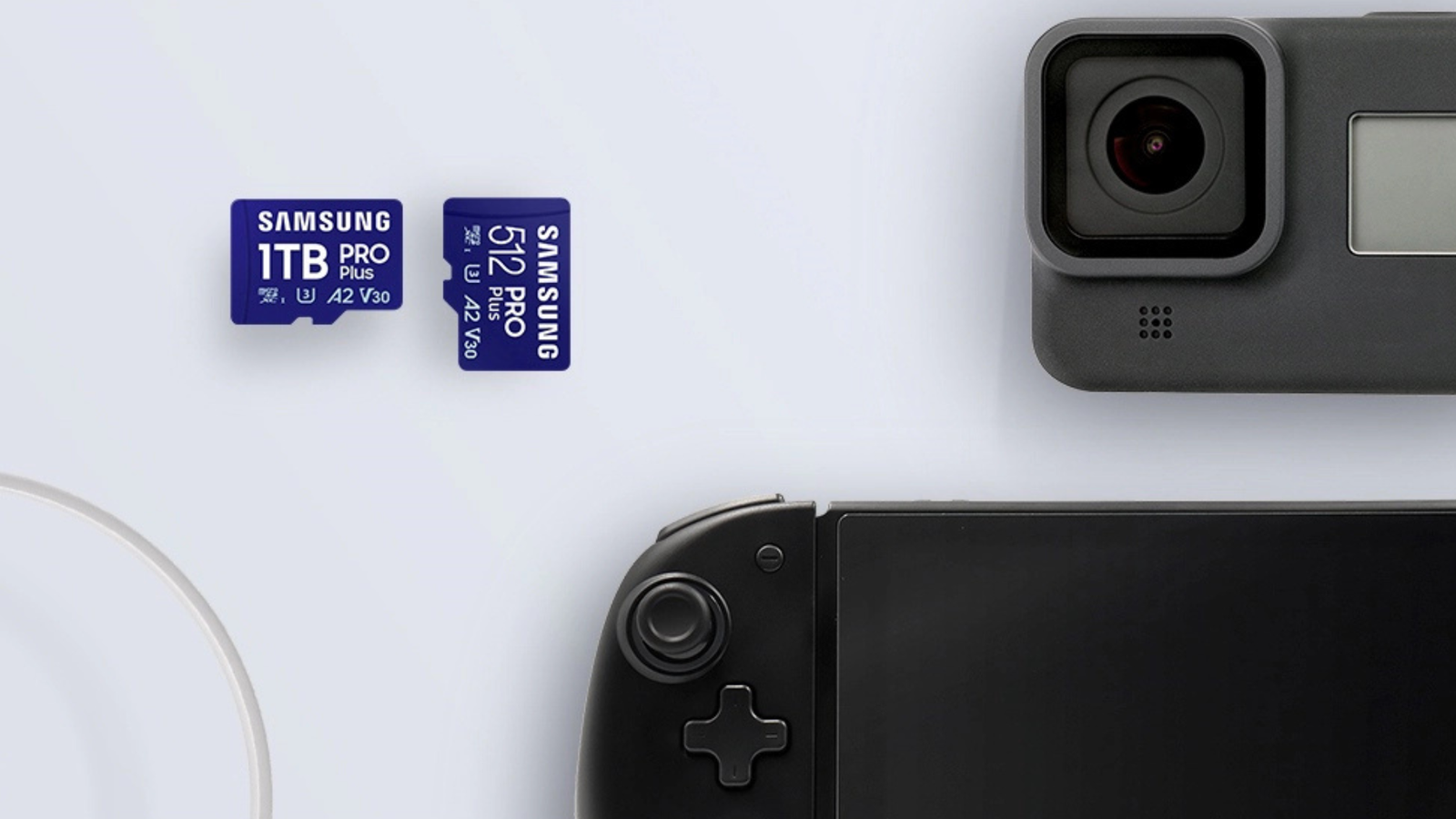- Rune provides injury update ATP Tour
- ‘Sport must adapt’, says Draper after Rune injury BBC
- Jack Draper demands ATP Tour action after Novak Djokovic retires and Taylor Fritz agrees Daily Express
- Holger Rune suffers probable Achilles injury at…
Blog
-
Rune provides injury update – ATP Tour
-
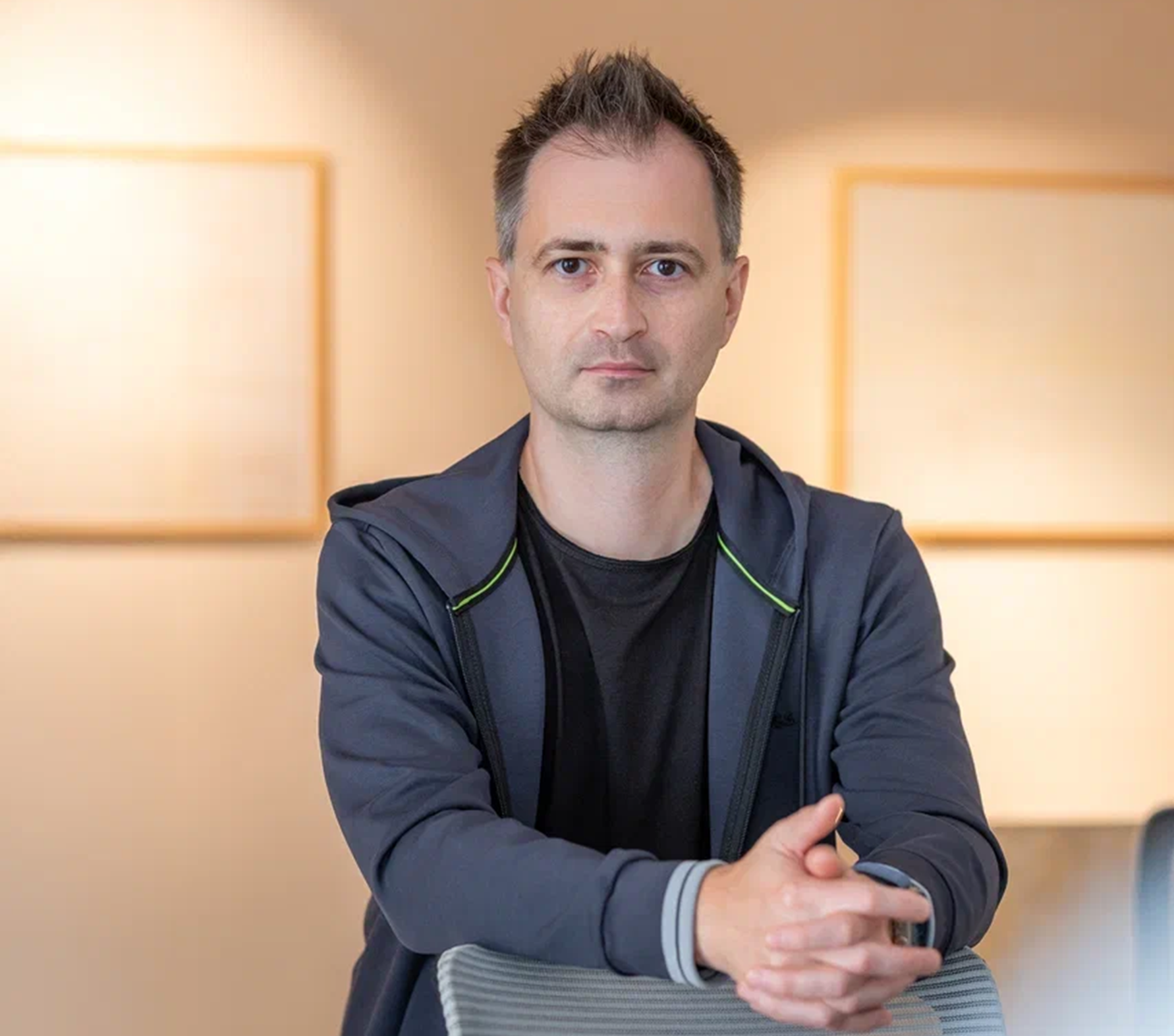
A Director of Engineering Shares His Career Path and Management Insights
Managing engineering teams has always required a careful mix of technical depth and people skills. But as artificial intelligence reshapes how code is created, that equation is changing. Leaders now face new questions. How can they integrate AI…
Continue Reading
-

DP World Tour: Tommy Fleetwood wins in India to answer son’s dreams
Fleetwood had started the final round in second place, two shots behind Japan’s Keita Nakajima.
New Zealander Daniel Hillier – ranked 218th in the world – leapfrogged them into a surprise lead, after moving to seven under for his round, but was…
Continue Reading
-
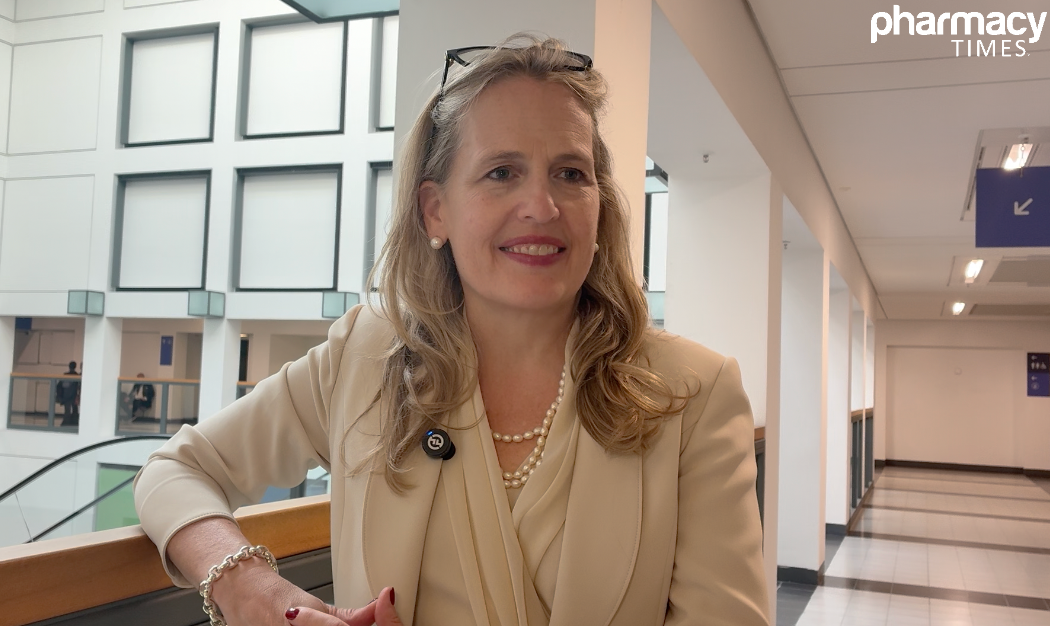
Dato-DXd Doubles Response Rates and Extends Survival in First-Line Metastatic TNBC
Q: Could you summarize the magnitude of benefit seen with Dato-DXd compared to chemotherapy in this first-line mTNBC population and comment on how clinically meaningful this is for practice?
Rebecca Dent, MD: As we know, patients with metastatic triple-negative breast cancer—especially those who are not eligible for immune checkpoint inhibition, which represents about 60% to 70% of patients we see in the first-line setting—have had chemotherapy as the standard of care for well over 10 years. In this setting, 50% of patients progress and never go on to receive second-line therapy. So there was a real need to incorporate a novel therapy into the first-line setting.In addition, patients are receiving more treatment in the curative setting, and so if they relapse, they’ve already seen a number of different chemotherapies. What’s unique about TROPION-Breast02 is that we are incorporating an antibody-drug conjugate as the first-line therapy in patients with relapsed or de novo metastatic TNBC, or those relapsing more than 12 months after initial therapy.
Here we saw the use of Dato-DXd, a TROP2-directed antibody-drug conjugate with a potent topoisomerase payload and a stable, cleavable linker. Because of the drug-to-antibody ratio, we see potent effectiveness in terms of improvements in progression-free survival (PFS), with a safety profile that allows administration every three weeks, which is very convenient for patients.
We saw an impressive improvement in PFS—from about 5 months to over 10 months in median PFS, a delta of more than 5 months. These Kaplan-Meier curves separate very early, with a time to treatment response of 1.4 months, and the curves continue to separate and remain sustained.
We also saw an improvement in overall survival (OS). Median OS was 18.7 months with standard chemotherapy and increased to almost 2 years with Dato-DXd—a delta of 5 months, with a statistically significant hazard ratio.
The data were very consistent. In clinic, what’s extraordinary is seeing such a visible improvement in response. We saw more than a doubling of response rates with Dato-DXd compared with chemotherapy—well over 60%, a delta of more than 30%, and a tripling of the complete response rate.
What’s even more helpful in clinic is that these responses are sustained. Often, we can achieve a response, but it doesn’t last. In this trial, duration of response increased from 7 months with chemotherapy to more than 12 months with Dato-DXd—again, a 5-month improvement. So across endpoints—PFS, OS, and duration of response—we consistently saw about a 5-month delta favoring Dato-DXd.
Continue Reading
-

AAO 2025: Which lens to consider in patients with pseudoexfoliation | Ophthalmology Times
Note: Video captions are generated with the assistance of AI and may contain errors.
John P. Berdahl, MD, a surgeon at Vance Thompson Vision and a professor at the University of South Dakota, spoke on the lens implantation strategies for patients…
Continue Reading
-
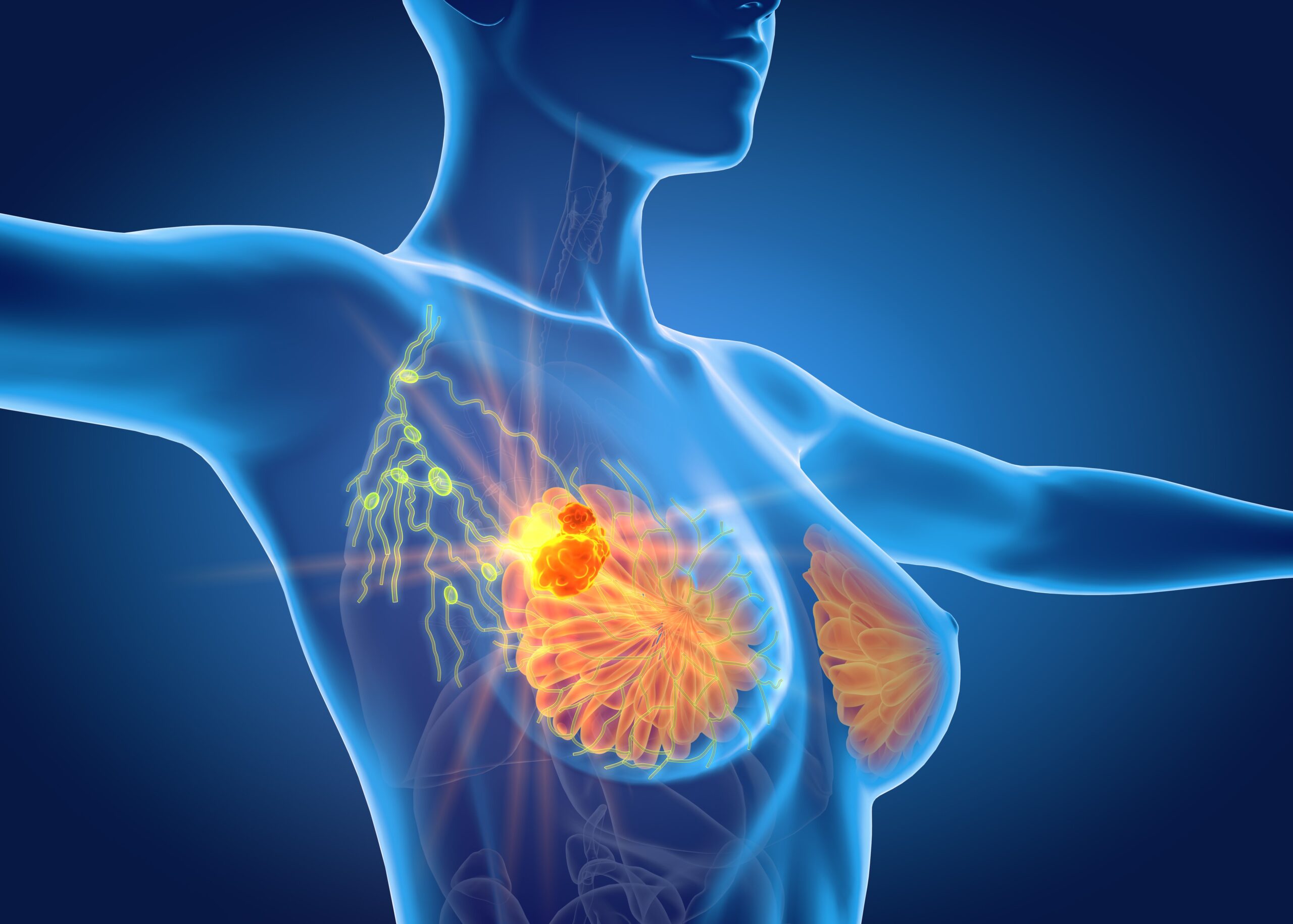
PAM Inhibition Adds Value in HR+/HER2- PIK3CA Wild Type Advanced Breast Cancer
The addition of the PI3K/AKT/mTOR (PAM) inhibitor gedatolisib to fulvestrant (Faslodex), with or without palbociclib (Ibrance) led to clinically meaningful and statistically significant improvements in progression-free survival (PFS) among patients with hormone receptor (HR)-positive, human epidermal growth factor receptor 2 (HER2)-negative, PIK3CA wild-type advanced breast cancer following progression on, or after, treatment with a CDK4/6 inhibitor and an aromatase inhibitor. 1,2
The benefits of PAM inhibition were seen in results from the phase 3 VIKTORIA-1 trial (NCT05501886) that were presented at the
European Society for Medical Oncology Congress 2025 .1 In addition to PFS, gedatolisib also showed gains in median duration of response (DOR) and incremental objective response rates (ORRs) compared with fulvestrant alone.“VIKTORIA-1 is the first study to demonstrate a statistically significant and clinically meaningful improvement in progression-free survival with PAM inhibition in patients with PIK3CA wild-type disease, all of whom received prior CDK4/6 inhibitor,” Sara A. Hurvitz, MD, FACP, senior vice president and director, Clinical Research Division, Fred Hutch, said during a presentation of the data.
How significantly did gedatolisib improve PFS and other efficacy end points?
Compared with fulvestrant alone (arm C), both the triplet of gedatolisib, fulvestrant, and palbociclib (arm A) and doublet regimen of gedatolisib plus fulvestrant (arm B) induced superior PFS. The triplet reduced the risk of disease progression by 76% compared with fulvestrant alone (median PFS 9.3 months [95% CI, 7.2-16.6] vs 2.0 months [95% CI, 1.8-2.3], respectively; hazard ratio, 0.24; 95% CI, 0.17-0.35; P <.0001). The doublet reduced the risk of progression by 67% vs fulvestrant alone (7.4 months [95% CI, 5.5-9.9] vs 2.0 months [95% CI. 1.8-2.3], respectively; hazard ratio, 0.33; 95% CI, 0.24-0.48; P <.0001).
Superior median PFS was consistent across subgroup analyses for both the triple and doublet regimens. Most noteworthy, according to Hurvitz, was that patients who received prior palbociclib benefited from the triplet regimen. “This is the first time that data in the randomized setting suggested benefit to palbociclib rechallenge,” she said.
When comparing median PFS benefit between arms A and B, the triplet regimen demonstrated higher clinical benefit in almost all subgroups, including those who were pre/perimenopausal, endocrine therapy resistant, with visceral metastases, and for those who had previously received treatment with palbociclib.
At a data cutoff of May 30, 2025, data for overall survival (OS) were immature, with only 48% of the protocol specified events, Hurvitz noted. Compared with 18.5 months (95% CI, 15.8-NE) in the monotherapy arm, the triplet and doublet regimens, respectively, demonstrated a median OS of 23.7 months (95% CI, 21.4-not estimable [NE]; hazard ratio, 0.69; 95% CI, 0.43-1.12; P = .1328) and not reached (NR; 95% CI, NR-NR; hazard ratio, 0.74; 95% CI, 0.46-1.19; P = .2122).
Sixty-three patients in the fulvestrant arm crossed over to the triplet (n = 52; 48.1%) or doublet (n = 11; 10.2%) regimens. This could impact overall survival, Hurvitz said, adding that a sensitivity analysis performed at the time of crossover showed a greater separation of the OS curves in favor of the triplet (hazard ratio, 0.60; 95% CI, 0.35-1.04; P = .0698) and doublet (hazard ratio, 0.56; 95% CI, 0.33-0.97; P = .0393) regimens.
“The study is continuing to follow patients for overall survival, with final analysis is anticipated about 48 months after the first patient was randomized, or early 2027,” she added.
Tumor response was also superior in both the triple and doublet regimens, compared with fulvestrant alone.
In the triplet arm, the ORR was 31.5%. There was 1 complete response (CR), 38 partial responses (PRs), 67 patients with stable disease (SD), and 17 patients with progressive disease (PD). Further, the clinical benefit rate (CBR; defined as CR, PR, and SD >24 weeks) among this arm was 50%, with a disease control rate (DCR; defined as CR, PR, and SD) of 85.5%. The DOR was a median of 17.5 months (95% CI, 8.8-NE).
In the doublet arm, the ORR was 28.3%, with no CRs, 32 PRs, 55 with SD, and 26 with PD. CBR and DCR were 48.7% and 77.0%, respectively, with a median DOR of 12.0 months (95% CI, 8.1-NE).
Lastly, in the monotherapy arm, the ORR was 1.0%, with no CRs, 1 PR, 40 with SD, and 62 with PD. The CBR and DCR were 11.4% and 39.0%, respectively, with the median DOR not reached.
What is the safety profile of gedatolisib?
Treatment with gedatolisib was generally well tolerated in both arms with no new safety signals, according to Hurvitz.
In total, 3 patients in the triplet arm and 4 in the doublet arm discontinued treatment due to a treatment-related adverse event (TRAE). Two deaths occurred in the triplet therapy arm.
Treatment-related AEs of interest with the triplet and doublet regimens were stomatitis (any grade, 69.2% and 56.9%, respectively), rash (any grade, 27.7% and 32.3%), diarrhea (any grade, 16.9% and 12.3%), and hyperglycemia (any grade, 9.2% and 11.5%).
Why is PAM pathway investigation significant?
The PAM pathway drives breast cancer growth and contributes to endocrine and CDK4/6 inhibitor resistance; however, as most available therapies are indicated only for patients with PI3K-pathway activation, an unmet need remains for those with wild type disease.
“Therapeutic attempts to completely block the PAM pathway have been limited by toxicity,” Hurvitz explained. “Most available therapies target a single component of the pathway and have modest efficacy limited to biomarker selected patient populations.”
Following preliminary clinical activity of gedatolisib in combination with palbociclib and fulvestrant as a therapy in the second line and beyond among patients with HR-positive, HER2-negative advanced breast cancer, the investigators aimed to evaluate the highly potent multitarget PAM inhibitor in this patient population following progression on a CDK4/6 inhibitor and aromatase inhibitor.
What is the design of the VIKTORIA-1 trial?
In the open-label, randomized phase 3 trial, 392 patients were randomized 1:1:1 to receive either of the following regimens:
- Triplet (arm A; n = 131): 180 mg IV gedatolisib once weekly for 3 weeks on and 1 week off, 125 mg palbociclib daily for 21 days and 7 days off, and 500 mg fulvestrant on days 1 and 15 in cycle 1, followed by every 4 weeks;
- Doublet (arm B; n = 130): The same gedatolisib and fulvestrant dosing regimens as Arm A; or
- Monotherapy/Control (arm C; n = 131): the same fulvestrant dosing regimen as used in the investigational arms.
Patients treated with fulvestrant monotherapy were allotted the option to cross over to arms A or B at progression.
Pre- and postmenopausal patients were eligible for the trial if they had progression on or after treatment with a CDK4/6 inhibitor and aromatase inhibitor, 2 or more lines of prior endocrine therapy for advanced breast cancer, measurable disease via RECIST v1.1, and a screening result for PIK3CA status. Patients were ineligible if they had type 2 diabetes mellitus with a glycated hemoglobin of greater than 6.4% or type 1 diabetes mellitus; prior therapy with an mTOR, PI3K, or AKT inhibitor; or chemotherapy treatment for their advanced breast cancer.
Patients were stratified by lung/liver metastases, time to progression on their immediate prior therapy, and region.
The co-primary end points were PFS in arm A compared with arm C and PFS in arm B vs arm C. Secondary end points included OS, ORR, safety, and quality of life.
Demographics and baseline characteristics were generally well balanced across treatment arms.
What is the future direction of gedatolisib?
“We are very excited that treatment with gedatolisib combined with fulvestrant with or without palbociclib was well-tolerated by the VIKTORIA-1 patients and that only a few patients discontinued treatment due to an adverse event,” said Igor Gorbatchevsky, MD, chief medical officer of Celcuity, in a press release.2
“This safety profile combined with the 7.3- and 5.4-months incremental improvement in median PFS relative to fulvestrant for the gedatolisib regimens, offer potentially paradigm shifting results for patients with HR-positive, HER2-negative, PIK3CA wild-type advanced breast cancer,” he added.
According to the release, a rolling new drug application (NDA) has been submitted in tandem with the FDA’s Real-Time Oncology Review Program based on data from the PIK3CA wild-type cohort of the phase 3 VIKTORIA-1 trial. The NDA is expected to be completed before the end of 2025, and topline data from the trial is expected in the first half of 2026. The phase 3 VIKTORIA-2 trial (NCT06757634), designed to evaluate gedatolisib in the frontline setting, is ongoing.
References
- Hurvitz SA, Layman RM, Curigliano G, et al. Gedatolisib Plus Fulvestrant, With & Without Palbociclib, vs Fulvestrant in Patients With HR+/HER2-/PIK3CA Wild-Type Advanced Breast Cancer: First Results from VIKTORIA-1. Presented at: 2025 ESMO Annual Congress; October 17-21, 2025; Berlin, Germany. Abstract LBA17.
- Celcuity news release. Detailed Results from PIK3CA Wild-Type Cohort of Phase 3 VIKTORIA-1 Trial Presented at 2025 ESMO Congress Demonstrate Potential for Gedatolisib Regimens to be Practice Changing for Patients with HR+/HER2- Advanced Breast Cancer. October 18, 2025. Accessed: October 18, 2025. https://tinyurl.com/4x6w44nt
Continue Reading
-

Why UK’s Prince Andrew lost his royal title | Explainer News
The United Kingdom’s Prince Andrew on Friday announced that he would give up the title of the Duke of York days before the publication of a posthumous memoir by Virginia Giuffre, who had accused him of raping her after being trafficked by…
Continue Reading
-
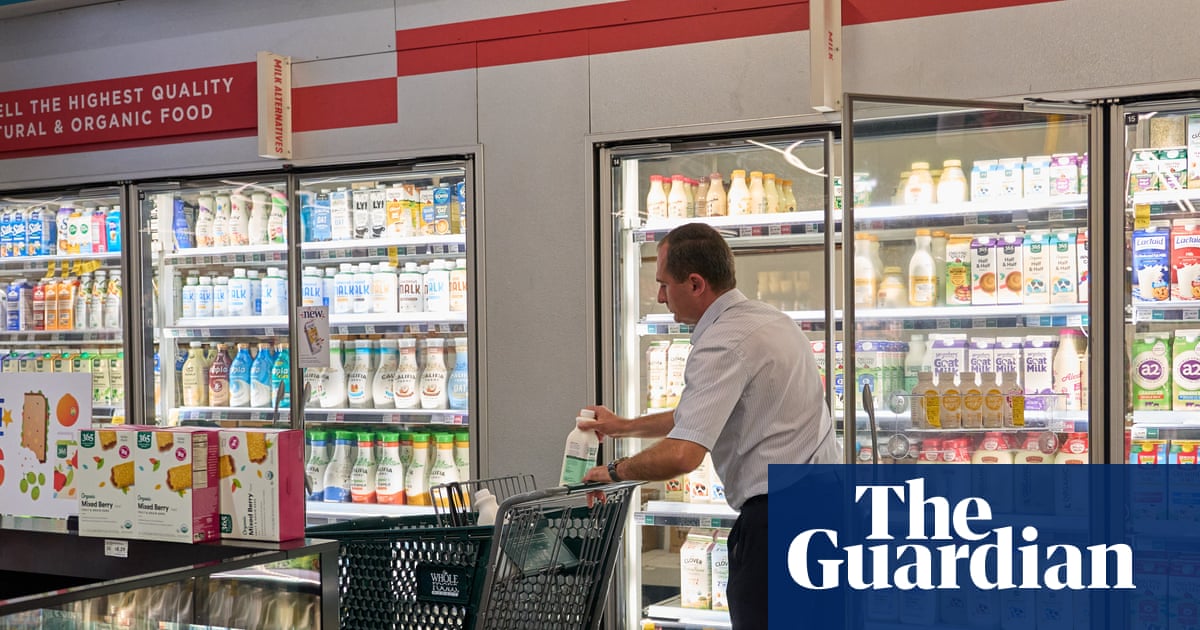
‘Empty shelves, higher prices’: Americans tell of cost of Trump’s tariffs | Trump tariffs
As a mother of two, Paige Harris has noticed a change in the way she shops for her family.
“Items that I have bought regularly have gone up in price steadily,” she said. “From hair dye to baby formula, our grocery list has gotten smaller while our budget has had to increase. Meats like steak are a no-go for our household.”
Harris, 38, lives and works as a teacher’s assistant in Stella, North Carolina, and is one of almost 40 people who spoke to the Guardian about how they’ve been coping with the price of goods in the six months since Donald Trump announced his sweeping tariffs.
On Thursday, a study from S&P Global revealed that companies were expected to pay at least $1.2tn more in 2025 expenses than was previously anticipated. But the burden, according to the researchers, is now shifting to US consumers. They calculated that two-thirds of the “expense shock”, more than $900bn, will be absorbed by Americans. Last month, the Yale Budget Lab estimated tariffs would cost households almost $2,400 more a year.
Harris says the tariffs’ impact on her daily life contradicts promises from the Trump administration to “cut prices and make living affordable for everyone”. She said: “You see prices soaring. It has become very clear that this administration did not and does not care about the everyday lives of Americans.”
Several Americans told the Guardian their weekly budgets had been drastically altered with the introduction of Trump’s tariffs.
“Prices are way too high. I mostly shop at Costco and buy as little as possible anywhere else,” said Jean Meadows, a 74-year-old retiree who lives in Huntsville, Alabama. “I can’t imagine that stores haven’t noticed the change. I think people are really afraid of what is coming.”
That sense of apprehension is reflected in a recent poll, exclusively conducted for the Guardian, where respondents identified the tariffs as the second biggest threat to the economy.
“The bread I buy has doubled in price within a year. We live on a fixed income that doesn’t keep up with inflation,” said Myron Peeler, who is also retired and is the sole caregiver for his wife, who suffers from debilitating arthritis. The only saving grace, he said, is that his house and car are paid off.
Trump shows few signs of backing away from his tariff policy – a move the White House maintains will reinvigorate American manufacturing and increased revenue from trade partners.
Most recently, the president reignited a trade war with China by threatening a 100% tariff on Beijing as soon as November. This came after China moved to restrict exports of rare earth minerals needed for several everyday items from electric vehicle batteries to hospital equipment, a decision that Trump branded as “very hostile”. In an interview with Fox News, the president has admitted that the proposed tariff hike was “not sustainable”, but said he was left with little choice: “They forced me to do that”.
Currently, the average US tariffs on Chinese exports hovers around 58%, according to the Peterson Institute for Economics. It’s a levy that is already taking a toll on Americans such as Michele, from north-eastern Pennsylvania.
“We need to buy new tires for a car, and can’t, because affordable tires are no longer in stock and we can’t afford $250 a tire,” she said.
Several people echoed Michele’s feelings about availability, describing the situation as “empty shelves, higher prices”. Natalie, who lives in New Hampshire, said she hasn’t seen certain pantry staples “for months”. She said: “The store shelves have become more and more bare … instead of multiple choices there may only be one or two, and name brands are being replaced by store brands.”
At 55, Natalie is semi-retired but is due to start part-time work at a supermarket, and she has seen a price rise in nearly everything she buys regularly. “Any brand of cat food has increased anywhere from 25% to double the price. One wet food my cats like went from $1.79 to $2.49 per can,” she said.
The new normal many Americans are bracing for, or already feeling, is not just the cost of groceries, for those such as Minnie, a food writer in Portland, Oregon, it’s a change in lifestyle.
“I don’t shop for non-essentials. No fall shopping trips for a new sweater or jeans. And we’ll make all our Christmas presents this year,” said Minnie, 55. “We used to dine out once a week. Now we never eat out. Even fast-casual is insanely pricey. Everything is twice what it used to cost and we’re very afraid of what’s next, financially speaking.”
While the US inflation rate hovers around 2.9% – a substantial drop from the spikes of the Covid era – the tariffs haven’t helped ease the impact on Americans’ wallets. Richard Ulmer, 81, who has lived in Florida for 35 years, said this year has been “the worst from a financial standpoint”, adding that “everything” from his groceries to the electric bill has become more expensive.
For Cassie, a 25-year-old consultant based in Siler City, North Carolina, costs have shot up quickly compared to the “gradual price increases” during the first two years of the pandemic. Cassie has a strict $65 per week budget for groceries, but since Trump first announced his tariffs, she’s been priced out of her normal routine, which included doing most of her weekly shopping at Walmart.
“Now I must visit at least four different stores in the area and other towns, often driving longer distances to find the best prices,” she said. “During the summer months and the Mexico/Latin America tariff announcement, Walmart and other stores in the area ran out of bananas for around two weeks. No one could get bananas in my area.”
Continue Reading
-
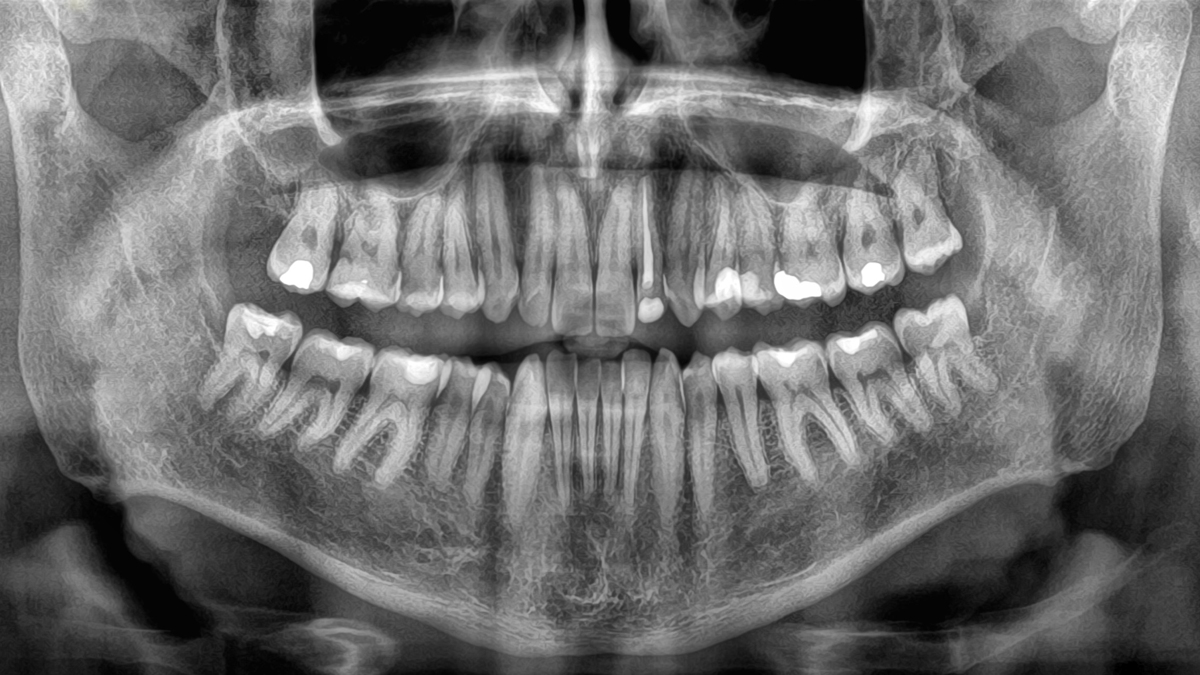
Losing Your Teeth Could Be a Deadly Warning, Study Finds : ScienceAlert
How fast we lose teeth in old age has been linked to a person’s risk of dying in a comprehensive new study, emphasizing the importance of good oral health, and suggesting tooth loss could be a key indicator of other serious health…
Continue Reading
